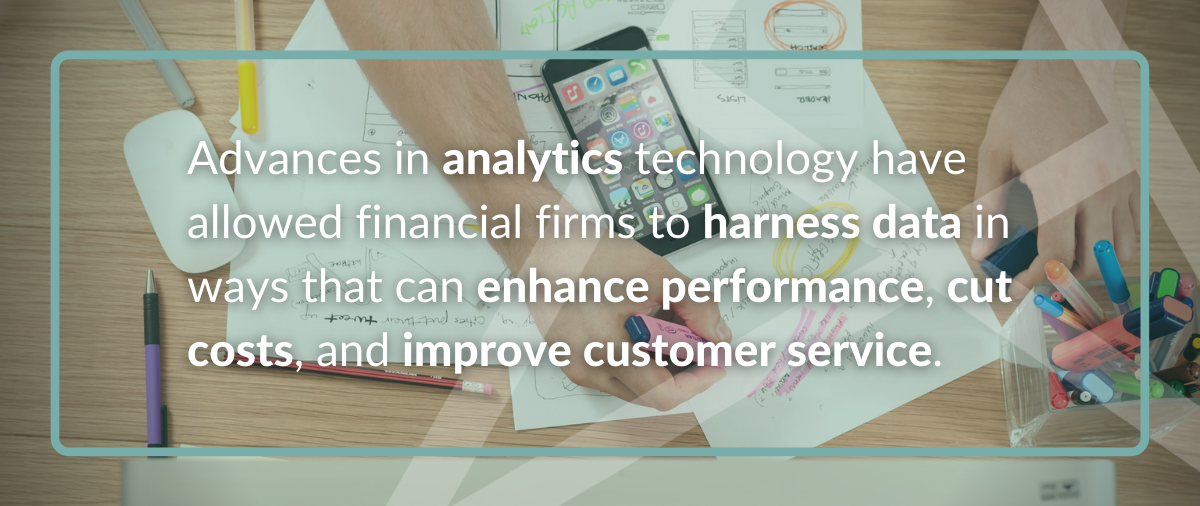As a result of the digital revolution, access to data has become the lifeblood of businesses across industries. Nowhere is this truer than in the financial services industry. Advances in analytics technology have allowed financial firms to harness data in ways that can enhance performance, cut costs, and improve customer service.
When it comes to post-trade analytics, there’s no denying the evolution from Excel and expensive in-house post-trade processing systems to more flexible SaaS platforms. But for many, this evolution doesn’t come easy. To ensure a smooth transition, the first step one must take is to evaluate the necessary metrics and data points needed and determine whether you can aggregate all the data necessary to yield the desired results. Historically, legacy solutions have required some degree of manual data manipulation, and until your data collection is automated, full automation can not be achieved. Fortunately, data automation solutions like Theorem can help. By connecting to virtually any market source, such as brokers, markets, or even your own trader’s order books, ingesting trade capture data has never been simpler.
Over time, these data aggregation questions have continued to be answered and the path to a collection is clearer allowing for trade analytics platforms to offer intelligence previously unattainable. Today, the critical functionalities of a trade analytics platform might include counterparty performance, the costs associated with different types of trading activity, and the ability to assess trader performance and rank desks accordingly. For example, there are instances where the bid/ask spread is minimal, and a worthy post-trade data analytics system should offer a way to measure counterparty performance outside of cost.
Today, one of the most important features of a post-trade analytics platform is its ability to match trades. The ability to efficiently verify that trades reported as executed are the same as trades reported by counterparties is an essential component in managing risk. Match scores also make it possible to analyze trading desk performance based on match scores analytics. Before the digital revolution, trade matching was a labor-intensive task that required an associate-level employee to rely on spreadsheets to identify trade breaks manually. The onus was then on the associate to notify senior managers of any issues. Using today’s sophisticated platforms, it’s possible to establish a matching threshold that will automatically alert management if the match score falls under this threshold, reducing the risk of human error and ensuring timely notification.
With markets becoming more complex, trading volume increasing significantly, and volatility a fact of life, your decision to evolve your post-trade analytics platform can have a major impact on your business. Buy and sell-side firms alike will benefit from analytic solutions that offer sophisticated capabilities without requiring large capital expenditures.
Fortunately, our team here at Theorem can help ensure you have the right analytics system in place.
___
About the Author
Rebecca Baldridge, CFA, is an investment professional and financial writer with more than 20 years of experience in creating content and research for asset managers, investment banks, brokers and other financial services clients. She’s worked for some of the biggest names in the industry, including Merrill Lynch Asset Management, JP Morgan Asset Management, BNY Mellon and Franklin Templeton. Rebecca also spent 9 years as an analyst and director of equity research in Moscow, working for several Russian banks. In late 2019, she founded Quartet Communications, a boutique communications firm serving financial services clients. Her writing has been published in outlets including Pensions & Investments, MSNBC.com, Inc. magazine, and Investopedia.com. She holds a B.A. in Russian from Purdue University and an M.S. in Finance from the Krannert Graduate School of Management at Purdue.
